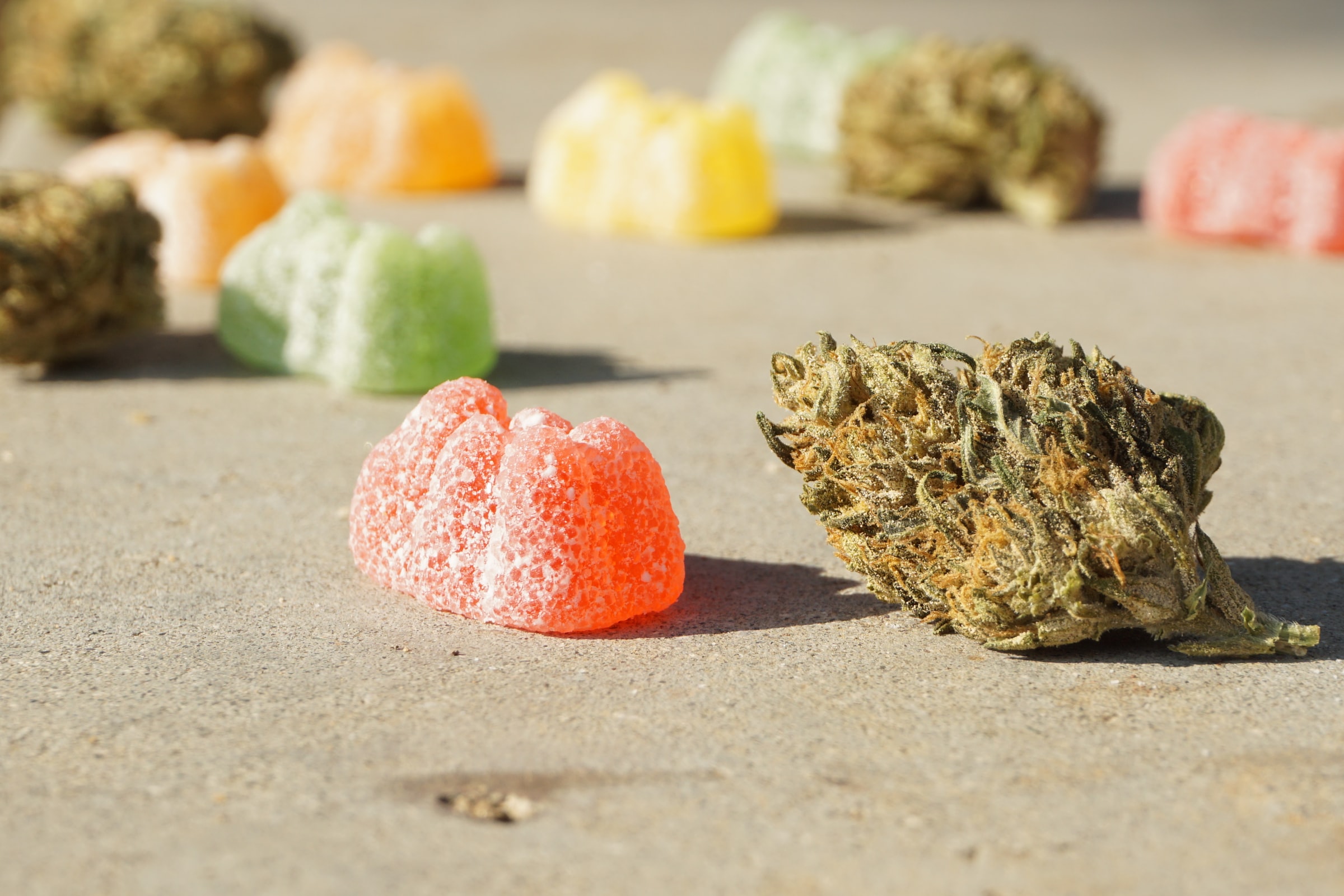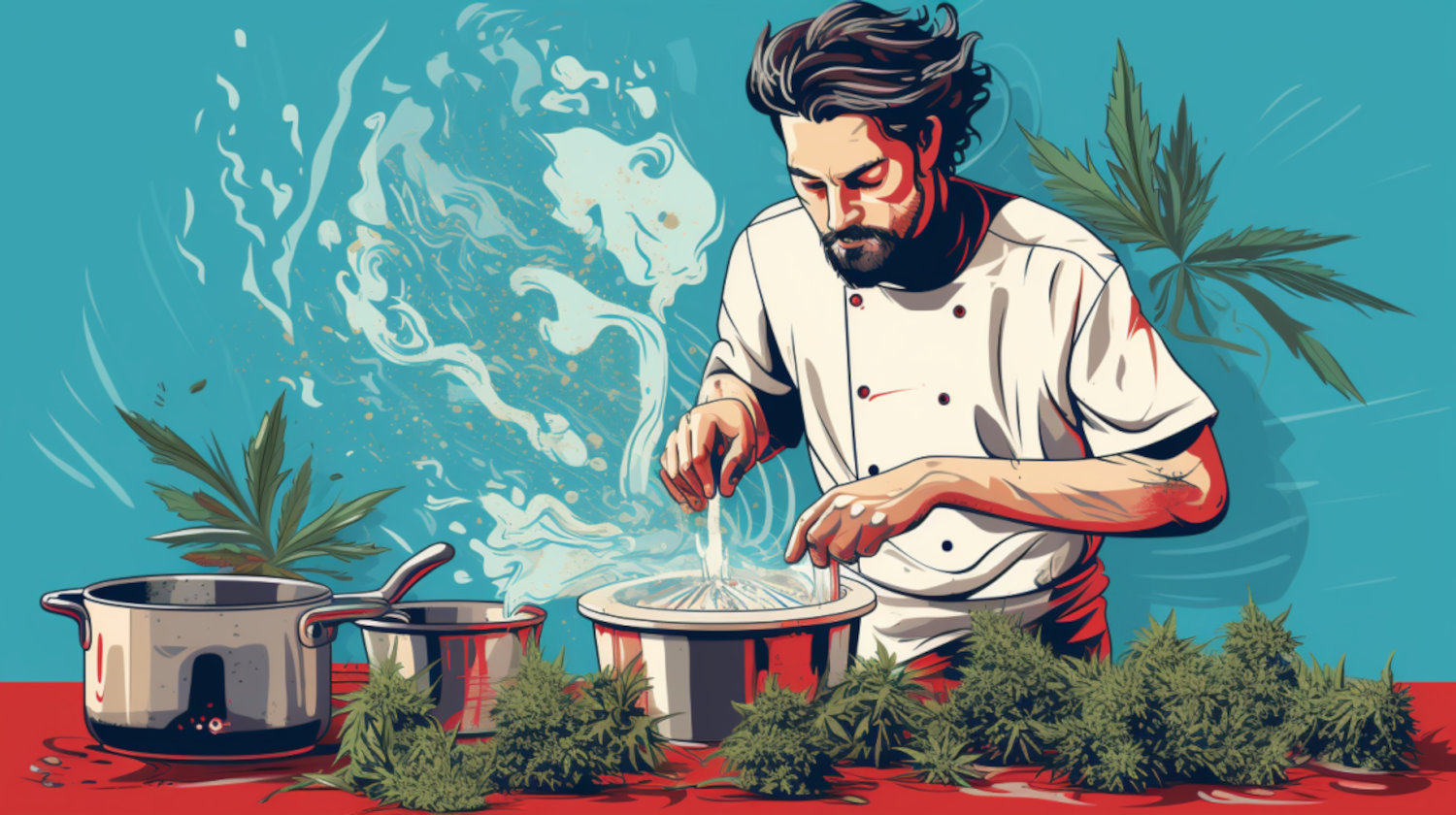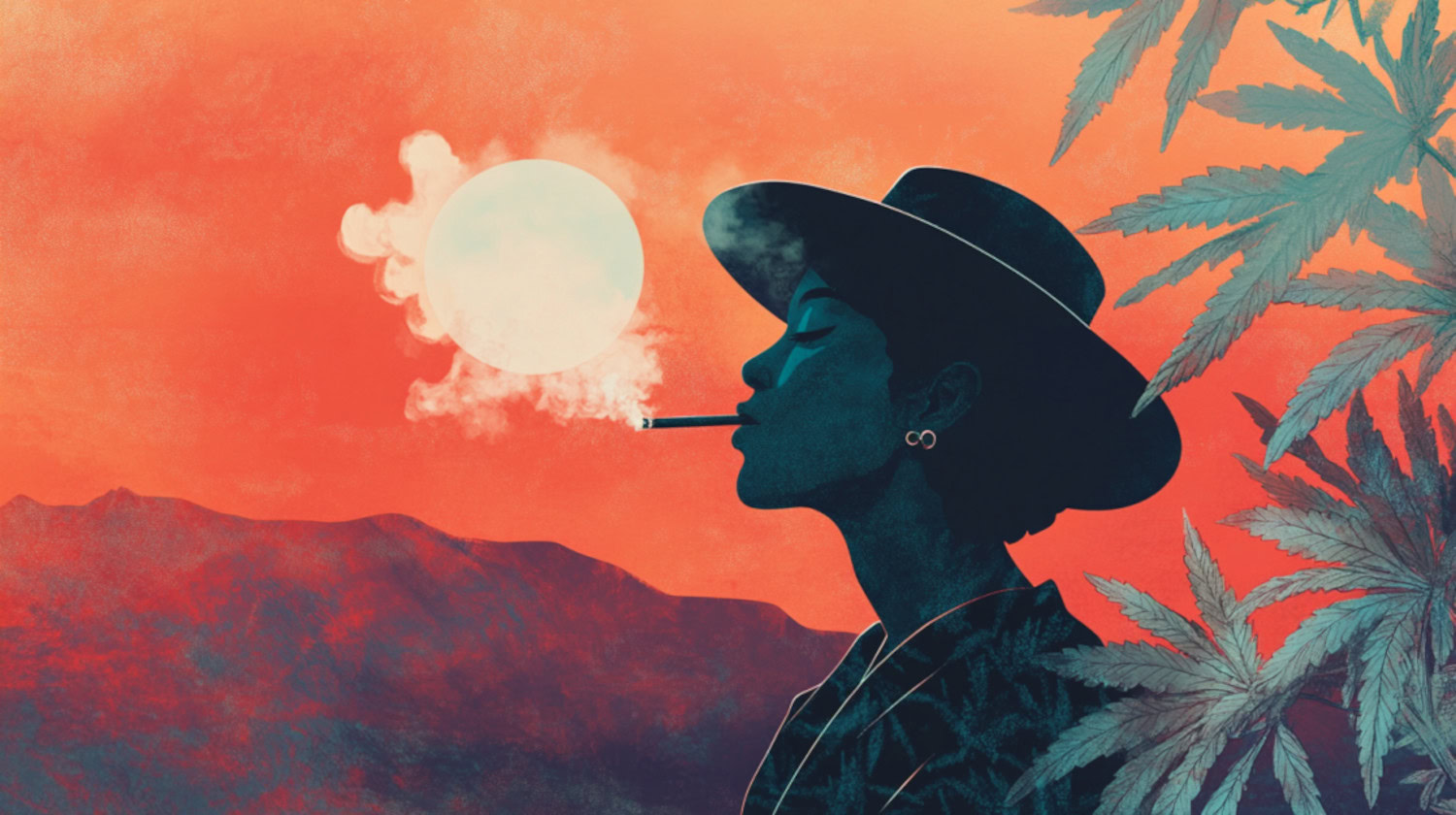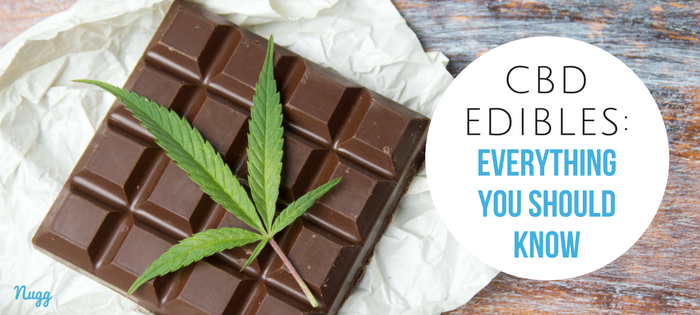In the old days, cannabis consumption used to be limited to smoking. Today, the increasing acceptance of cannabis usage has led to newer forms of consumption, including edibles.
Once limited to hippies and the streets of Amsterdam, today’s cannabis-infused edibles provide another enjoyable way of consuming cannabis. Edible food and drink come in all shapes and sizes, at a wide variety of price points to suit different tastes and budgets.
In this article, we compare edibles vs smoking. To qualify which is better, we will look at three areas:
- Health effects
- Cost
- Enjoyment factor
What are Edibles?
Edible marijuana products, or simply edibles, are foodstuffs infused with cannabinoids such as THC or CBD. Cannabinoids are the chemical compounds within marijuana responsible for producing the plant's many psychological and physiological effects. THC, or tetrahydrocannabinol, is the most famous cannabinoid and causes marijuana's characteristic 'high.'
Nowadays, there are countless edible products out there. Nearly every kind of food, drink, and candy has been turned into a cannabis-infused treat and is widely available at medical and recreational dispensaries. For example, you can find THC-infused drinks, such as lemonade or soda, candies, brownies, gummies, and more.
For example, some fan favorites include:
- Marmas - Strawberry Sativa Gummies
- CANN - Blood Orange Cardamom THC Drinks
- Canyon - Chile Mango Lollipop
Using edible marijuana is perhaps the most popular alternative method of consumption besides smoking and vaping. But, while edibles can undoubtedly deliver the desired cannabis effects most consumers are searching for, edibles have their own particular quirks worth keeping in mind.
As you can imagine, there are many different types of marijuana edibles.
Edibles Pros and Cons
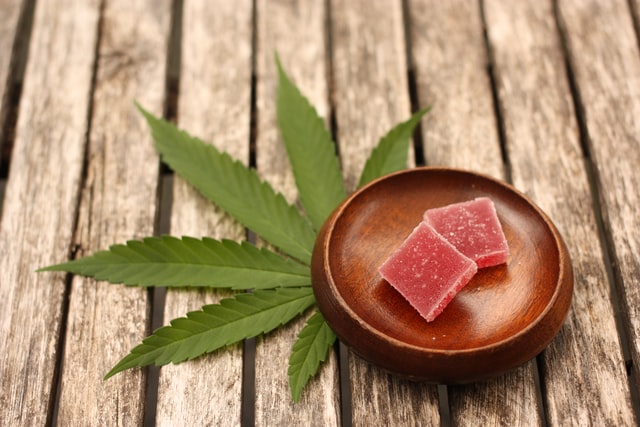
First and foremost, let's discuss the pros and cons of using edibles, especially when compared to smoking.
Pros of Using Edibles
- Edibles are a much healthier form of consumption for many medical patients, especially those with respiratory problems or health conditions.
- There are countless different options of edibles, making it easy to suit nearly everyone's tastes.
- Edibles are, generally speaking, easy to make yourself.
- The effects of edibles last significantly longer than other forms of consumption.
- Do edibles smell? While some consumers might notice a slight aftertaste or lingering aroma on their breath, edibles are very discreet and don't produce pungent smells like cannabis flower, smoke or vapor.
Cons of Using Edibles
- Edibles take significantly longer to produce discernible effects, especially compared to smoking or tinctures taken sublingually. Whereas the effects of smoking can generally be felt within 15 - 30 minutes, edibles can take anywhere from 1 to 3 hours.
- Depending on the product and onset time, the proper dosage for edibles can be harder to gauge, making it easier to accidentally consume too much.
- The side effects of too many edibles can include disordered thinking, anxiety, panic, paranoia, higher blood pressure, and nausea.
Smoking vs Edibles: Which is Healthier?
While many edibles include sugar and other potentially harmful ingredients, they’re often considered the healthier option since inhaling smoke can lead to irritation of the lungs and throat.
For this reason, edibles may be a better alternative for medical patients with lung or breathing problems.
Nevertheless, edibles aren’t entirely risk-free. Aside from the added sugar, there is a greater chance of overdosing because of edibles’ delayed effects. This means that edibles increase the risk of becoming sick or ill after use.
What Are the Risks with Smoking Weed?
There are several risks unique to smoking weed. Some of the most notable are:
- Inhalation of smoke can damage the lining of your lungs, increasing the risk of respiratory infections,
- Smoking weed could potentially temporarily weaken the immune system, which can also increase the risk of infections, primarily in the lungs,
- It is more difficult to measure individual doses when smoking weed,
- The inhalation of smoke could introduce carcinogens into the body,
- Some terpenes and cannabinoids are unavoidably destroyed when burnt,
- Cannabis smoke produces a pungent smell that can cling to clothes and rooms, making it less discreet than edibles.
Edibles Have Their Own Drawbacks and Dangers
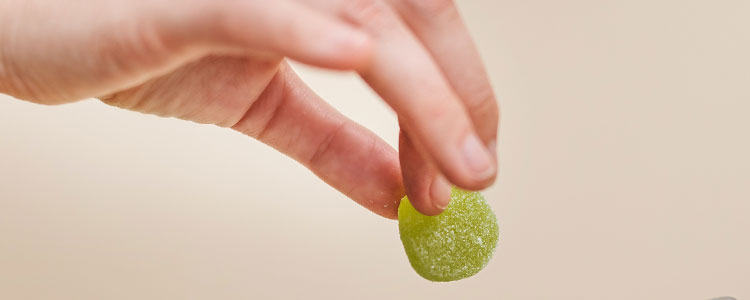
When it comes to edibles vs. smoking, the most significant difference is the onset of effects. Edibles can take several hours to kick in, whereas smoking may only take a few minutes. Some patients may prefer smoking for this reason.
Edibles can also be incredibly potent compared to smoking. For instance, a patient could smoke a small bowl and feel the desired effects, but then eat a small edible brownie and be incapacitated for several hours. This is not only because it's possible to pack loads of cannabinoids into some edible recipes, but THC is actually processed entirely differently when consumed orally rather than inhaled.
When eaten, THC is converted by the liver into 11-hydroxy-THC, which is generally considered 2 - 3 times stronger than regular THC. Therefore, 10mg of THC consumed in the edible form will feel more potent than 10mg smoked.
Many edible users anecdotally report that edibles are easier to dose than smoking cannabis flower. After all, if you purchase an edible at a dispensary, it will contain information about the dosage of each serving. Nevertheless, because THC is metabolized differently when consumed as food, it may still be challenging for new users to find their proper dosage.
And because the manufacturing of edibles is not tightly regulated or monitored in some states, there could be some discrepancies in the reported THC content of edibles versus the actual quantity found in the product.
Some patients may find that one edible packs a significantly greater punch than the next, despite their packaging claiming the exact same potency.
Finally, there is greater potential for edibles to fall into the hands of children who don't know any better. Today, many edibles come in candy or gummy forms, which can be inherently appealing to younger children.
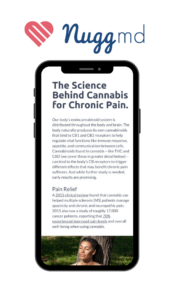
Find natural, lasting relief with our comprehensive (and completely free) patient’s guide to medical cannabis for chronic pain.
Edibles vs Smoking: Cost Comparison
Edibles may generally be cheaper than smoking products depending on the particular products. For example, you can find many 100mg edibles for as little as $13.00. However, it is typically challenging to find flower products beyond individual joints or single grams for these prices. For instance, cannabis flower is generally sold in eighths (3.5 grams) and available for $20 - $40.
The math required to compare potency and duration of effects can get a little complex. But because they tend to last longer and lead to more pronounced effects, many consumers consider edibles as the more cost-effective option.
Edibles vs Smoking: Enjoyment Factor
While edibles tend to last longer and be more potent, smoking is often an enjoyable experience, in itself, for many cannabis patients. Not only is smoking considered to be more “social” than edibles, but the effects produced by smoking THC – while similar to eating it – can differ enough to make or break a user’s experience. Some patients may find that they don't enjoy the effects of 11-hydroxy-THC from edibles, while others may prefer it over the effects of THCA in smoked flower.
When it comes to flavor, the debate between edibles vs. smoking is a wash. Edibles come in an enormous variety of food and drinks, each with their own unique flavor profile. However, those consumers who prefer the flavor and aroma of smoked cannabis will claim there is no replacement, no matter how delicious that pack of gummies is.
Finally, eating edibles can be done far more discreetly than smoking. And for some cannabis consumers, the ability to enjoy a product without prying eyes is the most important factor in choosing what to purchase.
Ultimately, many factors will determine which kind of consumption is more enjoyable to you. You'll just have to try them both at the end of the day!
Practical Edible Tips to Improve Your Experience
Still not sure how to get the most out of your edibles? Try these tips and tricks.
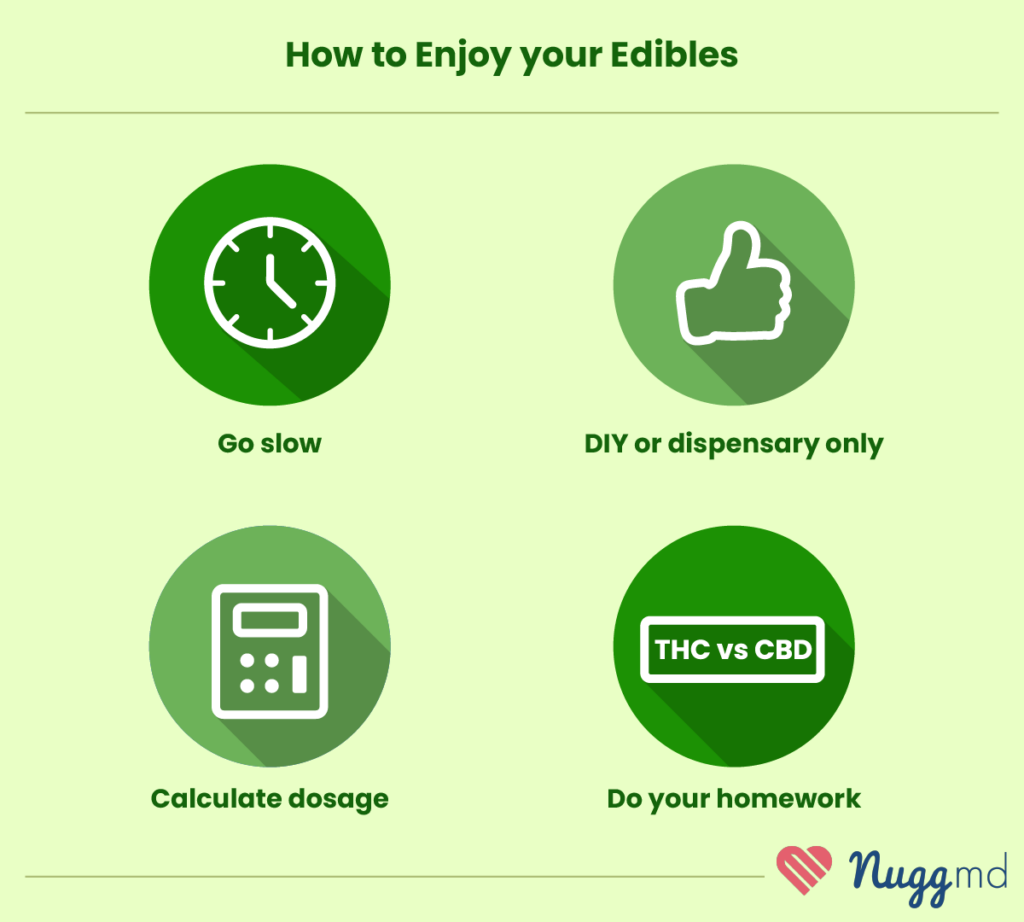
- Start low and go slow: edibles take a long time to kick in, and many people make the mistake of eating more because they mistakenly think their dose was too low. Give each dose a full 2 hours to take effect, or the effects may hit too strong later.
- Avoid using edibles that you didn't make yourself or purchase from a dispensary. This can make it hard to know what is actually in them or what the actual dose is.
- Use an edible calculator to accurately measure your doses.
- Be sure to understand the difference between CBD and THC when purchasing and making edibles. Both are cannabinoids, but they have very different effects.
- When making your own edibles, try to find a recipe you like and are familiar with so you can control the dosage. New edible users will often use too much cannabutter, leaving the edibles too weedy, and potentially too potent.
The information in this article and any included images or charts are for educational purposes only. This information is neither a substitute for, nor does it replace, professional legal advice or medical advice, diagnosis, or treatment. If you have any concerns or questions about laws, regulations, or your health, you should always consult with an attorney, physician or other licensed professional.

